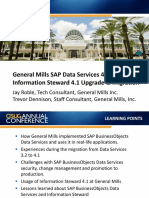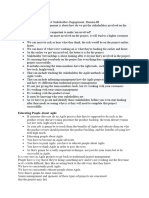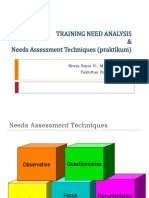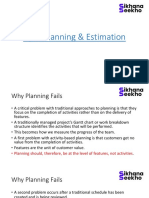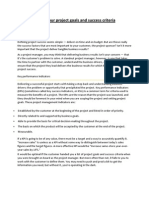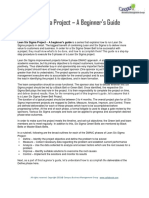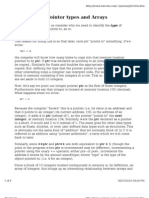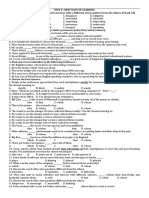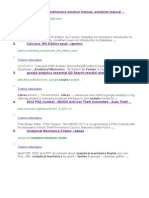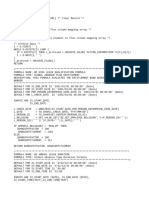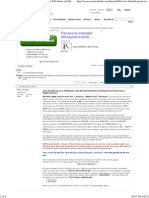0% found this document useful (0 votes)
52 views60 pagesProjectQuality-modified Compressed
This document discusses project quality management. It defines quality as meeting requirements and fitness for use. Project quality management ensures the project satisfies its intended needs through quality planning, assurance, and control. Quality planning identifies quality standards, assurance evaluates performance against standards, and control monitors results to ensure compliance. Key aspects of quality control include acceptance, rework, and process adjustments. Quality tools like control charts, histograms, Pareto charts, and flowcharts help analyze quality issues.
Uploaded by
Anupam BongaleCopyright
© © All Rights Reserved
We take content rights seriously. If you suspect this is your content, claim it here.
Available Formats
Download as PDF, TXT or read online on Scribd
0% found this document useful (0 votes)
52 views60 pagesProjectQuality-modified Compressed
This document discusses project quality management. It defines quality as meeting requirements and fitness for use. Project quality management ensures the project satisfies its intended needs through quality planning, assurance, and control. Quality planning identifies quality standards, assurance evaluates performance against standards, and control monitors results to ensure compliance. Key aspects of quality control include acceptance, rework, and process adjustments. Quality tools like control charts, histograms, Pareto charts, and flowcharts help analyze quality issues.
Uploaded by
Anupam BongaleCopyright
© © All Rights Reserved
We take content rights seriously. If you suspect this is your content, claim it here.
Available Formats
Download as PDF, TXT or read online on Scribd
/ 60










